How to Get Rid of Moss in Your Lawn: Effective Ways
- March 20, 2024
- 0 comment
Discover how to get rid of moss in your lawn with our comprehensive guide. Learn about moss, direct removal techniques, and long-term prevention strategies to keep your lawn lush and moss-free. Say goodbye to your mossy forest floor and reclaim your beautiful green turf.
What Is Moss?
Moss is a small, green, non-vascular plant that belongs to the Bryophyta division. It typically forms dense green clumps or mats in damp or shady locations. Unlike most plants, mosses lack true roots, flowers, and seeds. Instead, they have tiny leaf-like structures attached to a stem and hold onto surfaces using rhizoids, which are root-like filaments that absorb water and nutrients. Mosses reproduce through spores instead of seeds, which are dispersed by the wind to colonize new areas. They play a crucial role in their ecosystems, such as stabilizing soil to prevent erosion, providing habitat and food for various organisms, and contributing to the water and nutrient cycles in their environments.
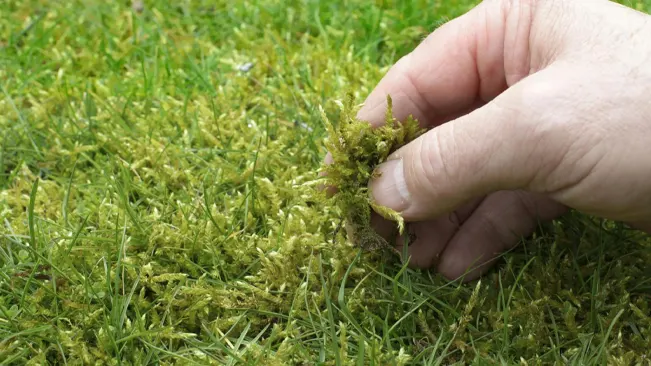
Mosses thrive in moist, shaded areas but can survive in a variety of habitats, from forests and wetlands to urban environments where conditions are suitable. Their presence can indicate a high level of environmental moisture and can be both beneficial for ecological balance and aesthetically pleasing in gardens and landscapes. However, in certain contexts like lawns and roofs, moss growth may be considered undesirable and require management.
Why Moss Grows in Lawns
Shade
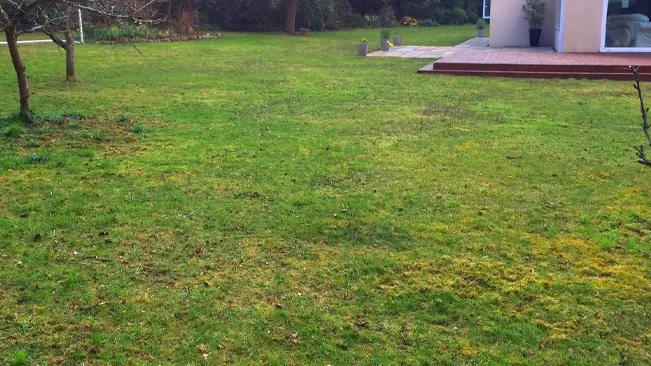
Shade significantly impacts plant growth. In areas where trees, buildings, or other structures cast a shadow, the reduction in sunlight can hinder the photosynthesis process in grass, leading to weaker growth and thinning of the lawn. Moss, on the other hand, thrives in these cooler, shaded environments as it requires less sunlight than grass to perform photosynthesis. Over time, the moss can outcompete the grass in these shaded areas, eventually forming dense mats that can suffocate and replace the grass.
Poor Drainage
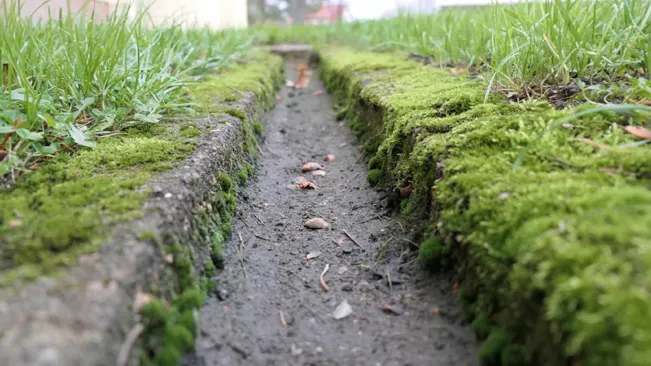
Lawns with poor drainage often retain excess moisture, creating a persistently wet environment. This can be due to factors like compacted soil, clay-heavy soil, or landscape depressions where water gathers. Moss thrives in such moist conditions, as it relies on a damp environment for growth and reproduction. Grass, however, can suffer from root rot and other diseases in overly wet conditions, making it less competitive against moss.
Low Soil Fertility
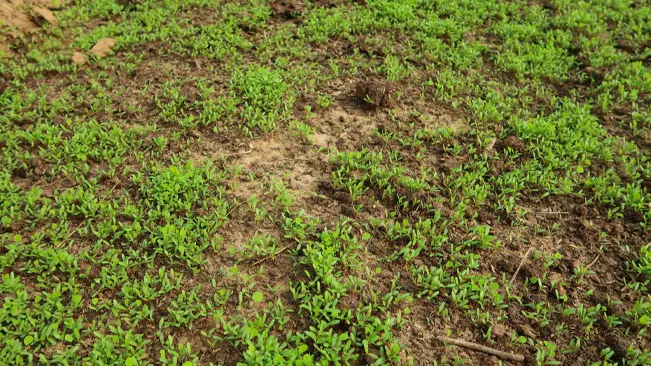
Soil fertility is crucial for healthy grass growth. Nutrient-deficient soil can lead to a weak lawn that lacks the vigor to compete with moss. Essential nutrients like nitrogen, phosphorus, and potassium support the growth, health, and stress tolerance of grass. When these nutrients are lacking, grass growth slows, and the lawn can become sparse, giving moss an opportunity to establish and spread.
Acidic Soil
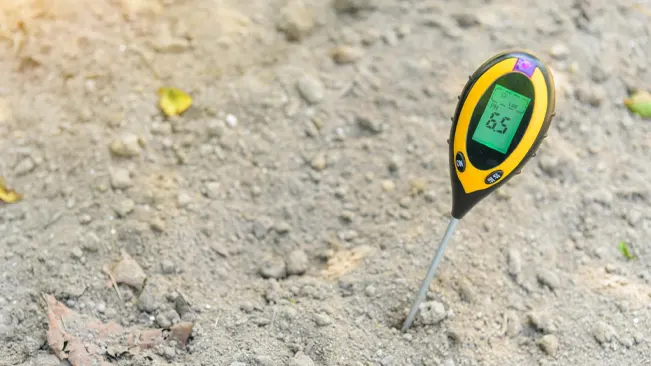
Soil pH plays a significant role in plant health. Most grass species prefer a soil pH that is neutral to slightly acidic (around pH 6 to 7). When the soil becomes too acidic (low pH), it can limit the availability of essential nutrients and inhibit grass growth. Moss, however, is less sensitive to acidic conditions and can often grow more successfully in such environments, gradually taking over areas where the grass is struggling due to the unsuitable pH level.
Compacted Soil
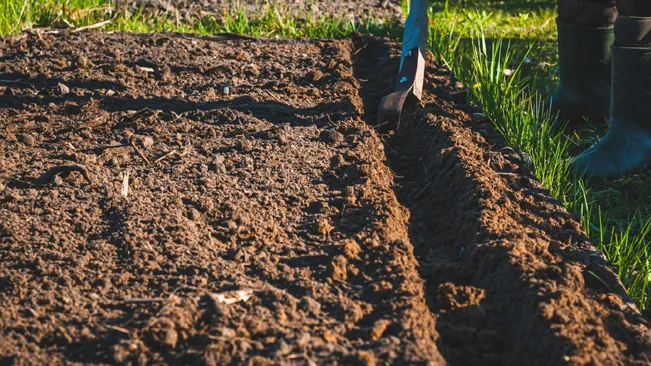
Compaction occurs when soil particles are pressed together, reducing the pore space between them. This can be caused by heavy foot traffic, machinery, or other pressures on the lawn. Compacted soil hampers root growth and water infiltration, leading to stressed and weakened grass. Moss, which does not rely on deep roots for water and nutrient uptake, can easily colonize these compacted areas, further exacerbating the problem for the grass.
Weak or Thin Grass
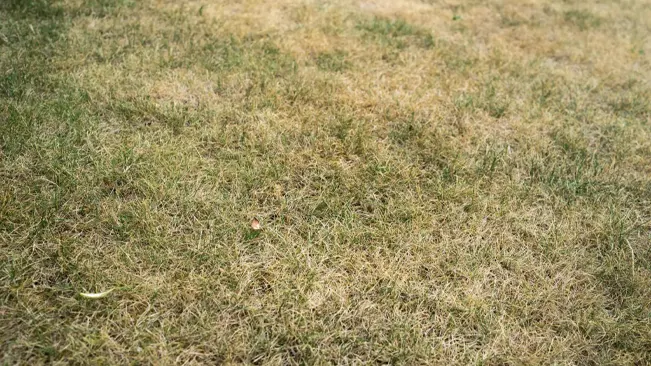
A lawn that is already struggling due to poor health, thin coverage, pest infestations, diseases, or improper care is more vulnerable to moss invasion. Weak or sparse grass offers less competition for light, space, and nutrients, allowing moss to easily establish and spread. Factors such as improper mowing, inadequate watering, or lack of fertilization can contribute to a lawn’s poor condition, making it more susceptible to moss and other opportunistic invaders.
How to Get Rid of Moss in Your Lawn
For Physical Removal
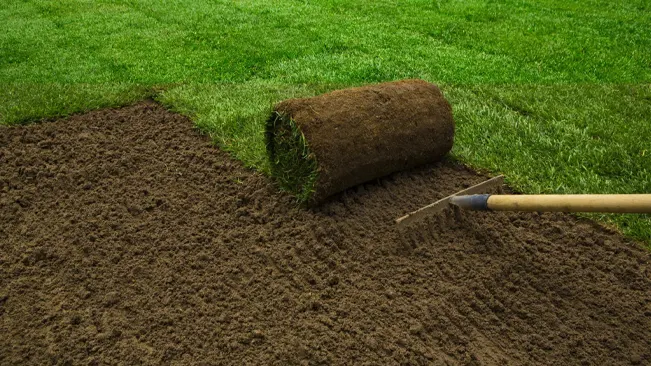
Garden Rake
A garden rake with stiff tines is indispensable for manually removing moss. This tool helps to physically pull the moss away from the soil surface, along with thatch (the layer of dead grass and organic matter on the soil surface), which can suffocate healthy grass. Raking not only removes moss but also aerates the top layer of the soil, making it more conducive to grass growth.
Scarifier or Dethatcher
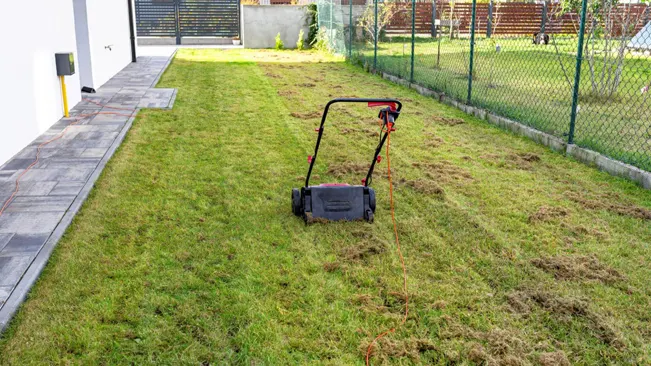
Scarifiers and dethatchers are more aggressive than a standard garden rake and are specifically designed to penetrate the soil more deeply. They cut into the soil, effectively removing moss, thatch, and breaking up compacted soil layers. This action improves air and water penetration into the soil, which is essential for a healthy lawn. These tools can be manual, resembling a rake with sharper blades, or motorized for larger lawns.
Gloves
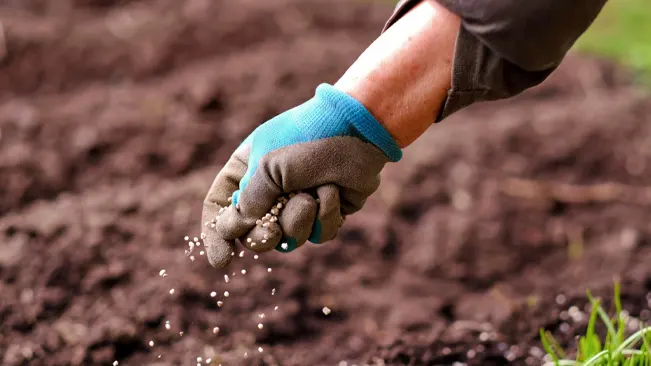
High-quality, durable gardening gloves are a must-have to protect your hands from sharp objects, dirt, and potential irritants found in moss and chemicals used for its removal. Gloves also provide a better grip on tools, making the removal process more efficient and less taxing on your hands.
Lawn Aerator
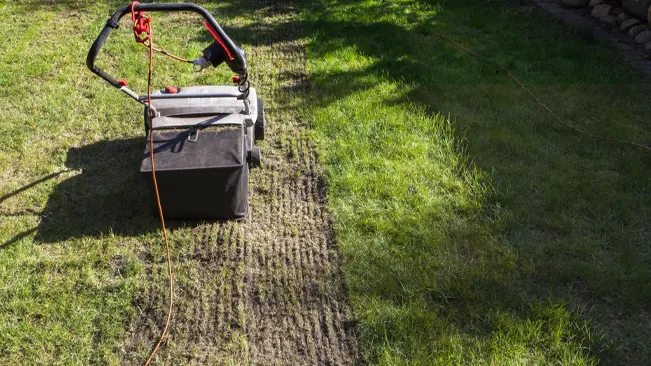
Aerators are used to alleviate soil compaction by creating small holes in the soil. These holes allow air, water, and nutrients to penetrate deeper into the soil, reaching the grass roots and promoting healthier growth. Aerators can be spike-based, pushing solid spikes into the soil, or core-based, removing small plugs of soil to create more space for the soil to expand and breathe.
For Chemical Treatment
Sprayer
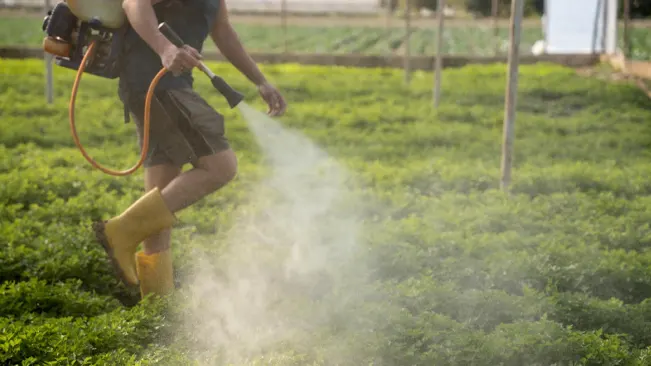
For applying liquid chemical treatments, a sprayer is essential. Handheld sprayers are suitable for small areas, while backpack sprayers are better for larger lawns. Sprayers allow for even distribution of the chemical solution, ensuring that the moss is adequately treated without wasting the product.
Iron Sulfate or Moss-Killing Products
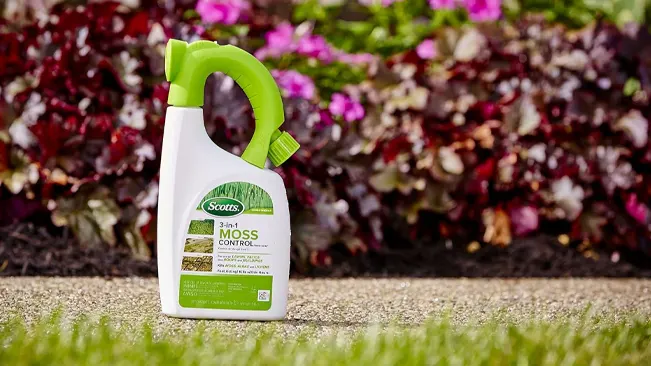
Iron sulfate (ferrous sulfate) is a common moss control agent that quickly blackens and kills moss. There are also specialized moss-killing products, including soaps and herbicides, formulated specifically for this purpose. Choosing the right product depends on the extent of the moss problem and the surrounding vegetation, as some products may be safer for grass and other plants.
Protective Gear

Safety is paramount when handling chemicals. Protective gear, including gloves, goggles, and a mask, should be worn to prevent skin contact, inhalation, or eye irritation from the chemical agents. Long sleeves and trousers can provide additional protection.
For Environmental Adjustment
Pruning Tools

Pruners, loppers, and saws are necessary for cutting back tree branches and dense foliage that contribute to shaded, moist conditions favorable to moss. Increasing sunlight and air circulation can significantly reduce moss growth and improve the health of the lawn.
Soil pH Test Kit
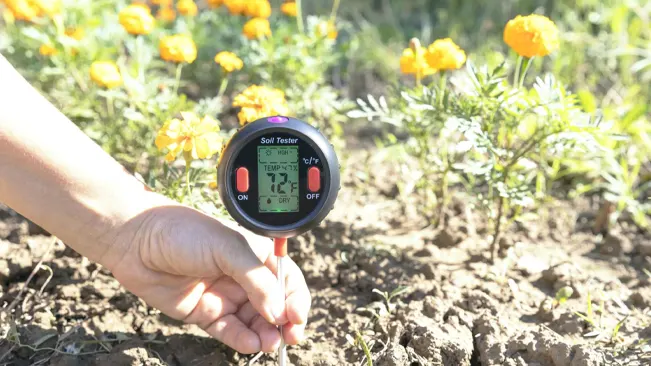
Moss prefers acidic conditions, so testing your soil’s pH can help you understand if acidity is a contributing factor. A pH test kit is a simple tool that can guide you in adjusting your soil’s pH levels, either by adding lime to increase the pH or sulfur to decrease it, depending on your lawn’s needs.
Lime
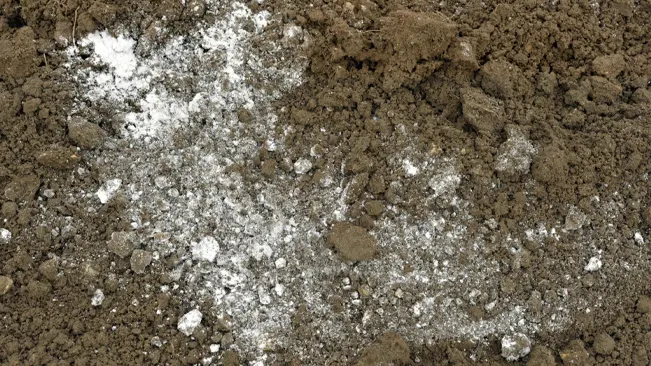
If soil tests reveal high acidity, applying garden lime can help neutralize the soil, making it less hospitable to moss. Lime should be applied according to soil test recommendations and in appropriate weather conditions to ensure it’s effective.
Soil Amendments
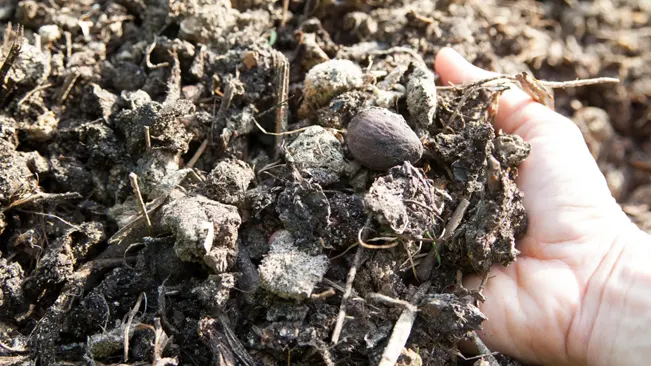
To improve soil fertility and structure, amendments such as organic matter or compost can be added. These amendments enhance the soil’s ability to retain nutrients and water, promoting healthier grass growth. Specific fertilizers may also be recommended based on soil test results to address nutrient deficiencies.
General Lawn Care
Lawnmower

Regular mowing keeps the lawn at an optimal height, encouraging denser grass growth and reducing the space available for moss to establish. A well-maintained mower with sharp blades ensures clean cuts and healthier grass.
Fertilizer
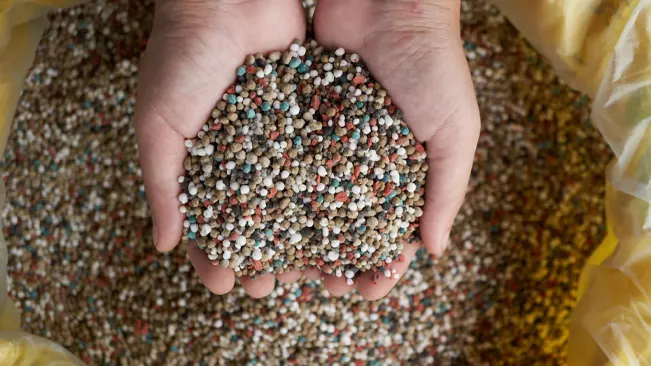
Selecting the right fertilizer for your lawn is crucial. It should match the grass type and soil needs, providing the essential nutrients for vigorous growth that can outcompete moss.
Watering Can or Irrigation System
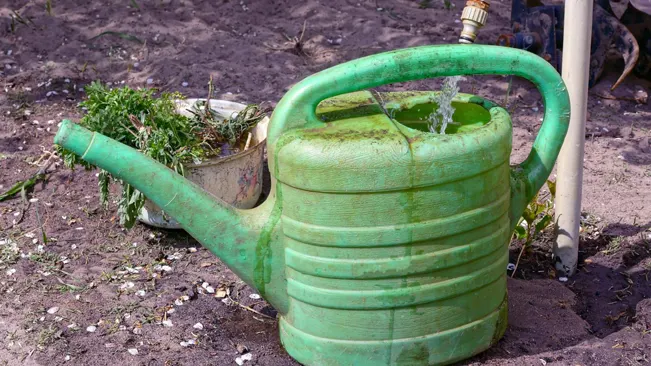
Efficient watering practices are vital. Over-watering can lead to waterlogged conditions favorable for moss, while under-watering can stress the grass. An irrigation system with a timer or a simple watering can used judiciously can help maintain the right moisture balance.
Tips for Keeping Your Lawn Moss-Free
- Improve Sunlight Penetration: Prune overhanging branches and thin out dense foliage to increase the amount of sunlight reaching your lawn. More sunlight discourages moss growth and promotes healthier, denser grass.
- Enhance Drainage: Address areas of poor drainage by aerating the soil, adding soil amendments to improve texture, or installing drainage solutions like French drains or dry wells. Well-drained soil is less hospitable to moss.
- Maintain Soil pH: Test your soil’s pH and adjust it as needed. Grass prefers a slightly acidic to neutral pH (around 6.0 to 7.0), whereas moss thrives in more acidic conditions. If your soil is too acidic, applying garden lime can help raise the pH.
- Aerate Your Lawn: Regularly aerate your lawn to alleviate soil compaction. This improves air, water, and nutrient penetration to the grass roots, promoting healthier growth and reducing moss establishment.
- Overseed Thin Areas: Overseed bare or thin areas of your lawn to encourage dense grass growth, leaving less room for moss to establish. Choose a grass seed that’s well-suited to your climate and the specific conditions of your lawn (e.g., sun vs. shade).
- Proper Fertilization: Use a suitable fertilizer for your lawn type and follow a regular fertilization schedule. Healthy, well-nourished grass is more competitive and can crowd out moss.
- Regular Mowing: Keep your lawn at an appropriate height, which generally means removing no more than one-third of the grass blade in a single mowing. This practice encourages dense growth and reduces the light and space available for moss.
- Manage Watering: Water your lawn deeply but infrequently to encourage deep root growth of the grass. Avoid over-watering, as soggy soil conditions are ideal for moss growth.
- Dethatch the Lawn: Remove thatch (a layer of dead grass and organic matter) if it becomes thicker than half an inch, as it can harbor moisture and moss spores. Dethatching improves air and nutrient flow to the soil.
- Chemical Controls: As a last resort, use chemical moss killers judiciously and according to the product instructions. Chemical treatments can be effective but may have environmental impacts, so they should be used sparingly and in combination with cultural practices that address the underlying conditions favoring moss growth.
- Regular Lawn Inspections: Regularly inspect your lawn for early signs of moss growth. Early detection and prompt action can prevent moss from spreading and becoming a more significant problem.
Conclusion
In conclusion, effectively getting rid of moss from your lawn is a multifaceted approach that extends beyond mere removal. It involves understanding the conditions that favor moss growth, such as poor drainage, shade, compacted soil, and acidic soil pH, and taking corrective actions to alter these conditions. Physical removal or chemical treatments can provide immediate relief from moss, but for lasting results, improving lawn health through proper maintenance practices like aeration, overseeding, regular mowing, and appropriate fertilization is essential. By fostering a robust, healthy lawn and rectifying environmental factors, you can not only eliminate existing moss but also prevent its recurrence, ensuring your lawn remains lush, green, and moss-free.
FAQs
- Why does moss grow in my lawn?
Moss growth in lawns is often a sign of underlying conditions that are unfavorable for grass but ideal for moss, such as poor drainage, compacted soil, excessive shade, high soil acidity, or low fertility. - How to remove moss from lawn
To remove moss from your lawn, improve drainage and sunlight exposure, adjust soil pH, manually remove moss, apply a moss-killing product, and maintain a healthy lawn through regular mowing, fertilizing, and watering. - How often should I apply lime to my lawn to prevent moss?
The frequency of lime application depends on the results of a soil pH test. If your soil is acidic (with a pH below 6.0), applying lime once or twice a year may be necessary until the desired pH level is reached. Always retest your soil pH before reapplying to avoid over-liming. - Can overwatering my lawn lead to more moss growth?
Yes, overwatering can contribute to moss growth by creating damp conditions that moss thrives in. It’s best to water your lawn deeply but infrequently, allowing the soil to dry out between waterings. - Will overseeding my lawn help get rid of moss?
Overseeding can help by introducing vigorous grass varieties that compete with moss for space and resources. Ensuring your lawn is dense and healthy can make it more difficult for moss to establish and spread.

Joel Cunningham
Forestry AuthorI'm Joel Cunningham, an expert in pruning and weed management with over a decade of experience. My skills are rooted in formal training and extensive practice, focusing on advanced pruning techniques and efficient weed control. I'm known for my quality work, precision, and deep understanding of plant health and soil dynamics. My contributions extend to educational initiatives where I share sustainable practices and advice, establishing myself as a reliable and authoritative figure in the gardening community.



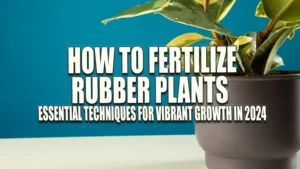
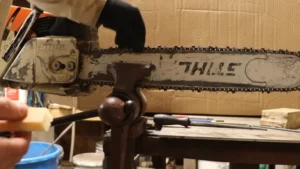








Leave your comment